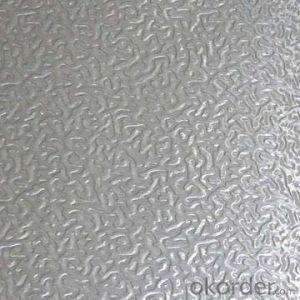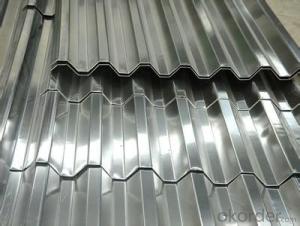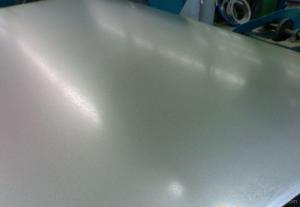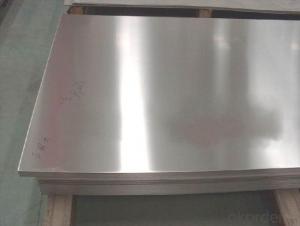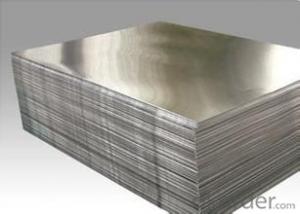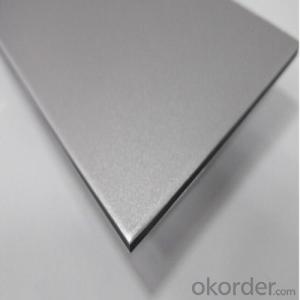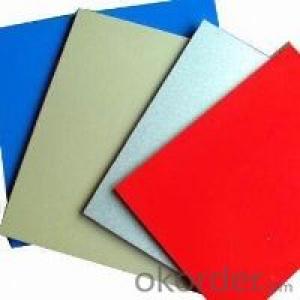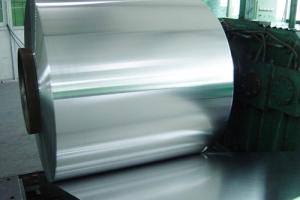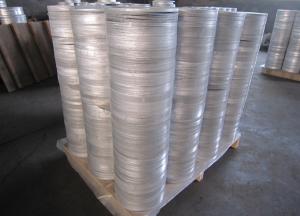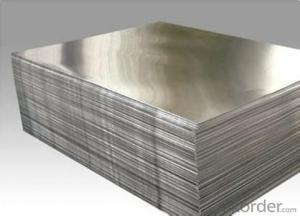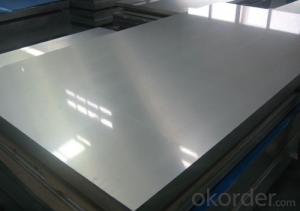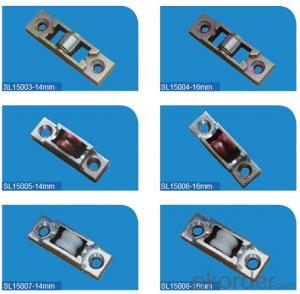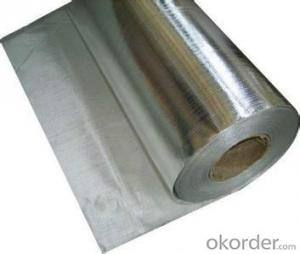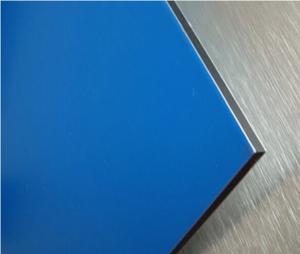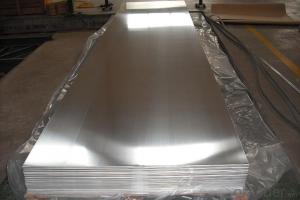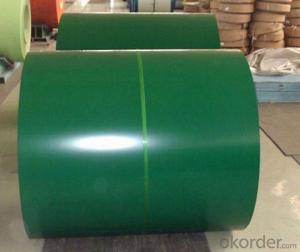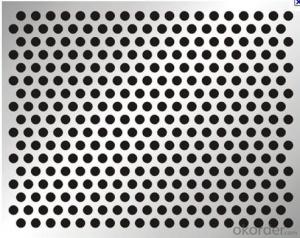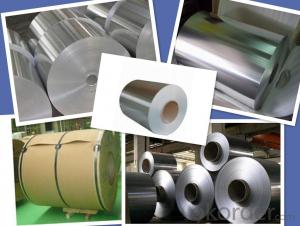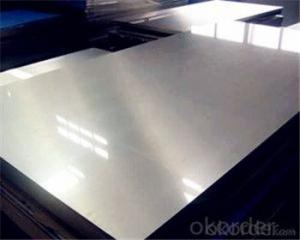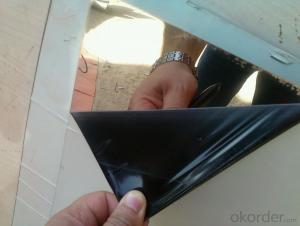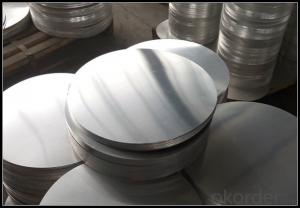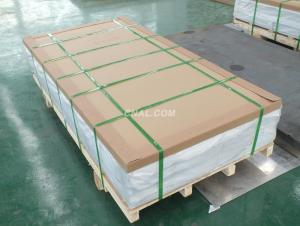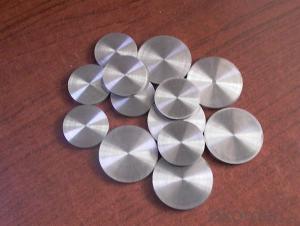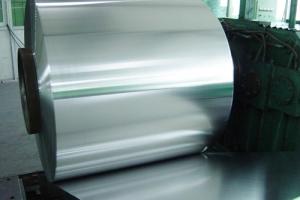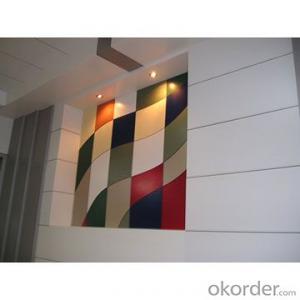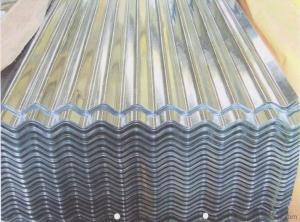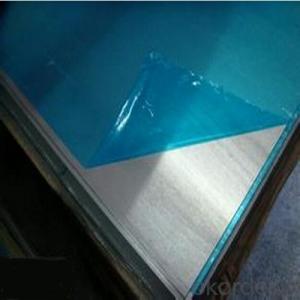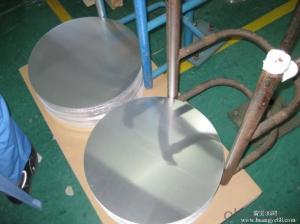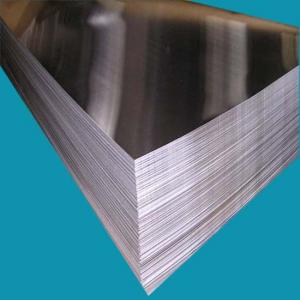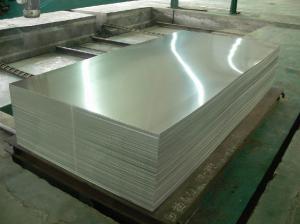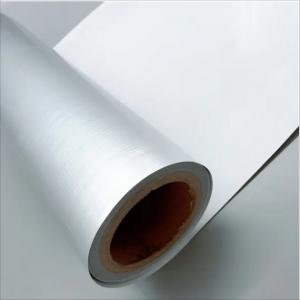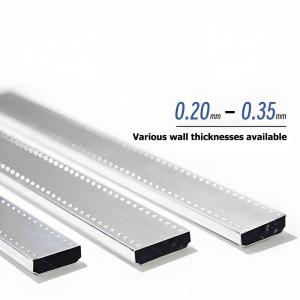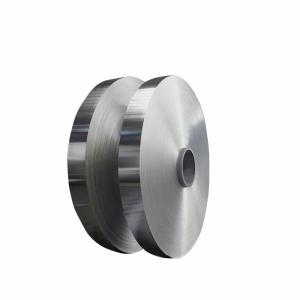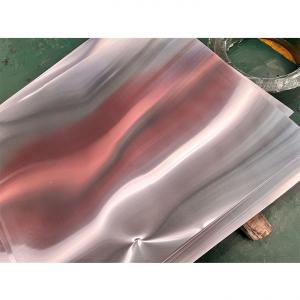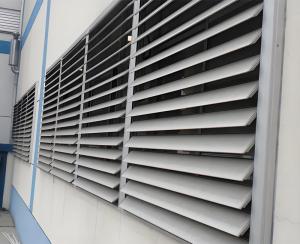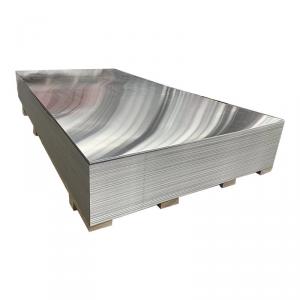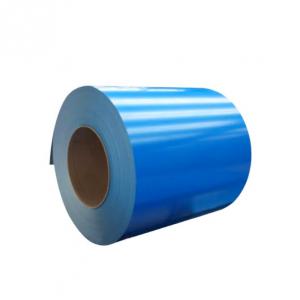Rolled Aluminum Sheet
Rolled Aluminum Sheet Related Searches
Polished Aluminum Sheet Aluminum Foil Sheet Corrugated Aluminum Sheet Aluminum Circle Sheet Aluminum Sheet Plate Aluminum Sheet Metal Rolls Rolled Aluminum Plate Sheet Of Aluminum Foil Aluminum Sheet Circle Aluminum Sheet And Plate Cold Rolled Steel Sheet Aluminum Foil Wrap Sheets Coil Coated Aluminum Sheet Colored Aluminum Foil Sheets Aluminum Checker Plate Sheet Hot Rolled Steel Sheet Large Aluminum Foil Sheets Thick Aluminum Foil Sheets Aluminum Tread Plate Sheet Aluminum Foil Baking Sheet Cutting Aluminum Sheet Clear Anodized Aluminum Sheet Aluminum Sheet With Holes Aluminum Tread Plate Sheets Aluminum Sheet Coil Sheet Of Diamond Plate Aluminum Diamond Plate Sheet Aluminum Baking Sheet Aluminum Foil Checker Plate Aluminum Sheets Tread Plate Aluminum SheetsRolled Aluminum Sheet Supplier & Manufacturer from China
Rolled Aluminum Sheet is a versatile material known for its excellent strength-to-weight ratio and corrosion resistance. It is widely used in various industries such as construction, automotive, aerospace, and packaging due to its durability and lightweight properties. This product is highly sought after for applications where strength, flexibility, and resistance to environmental factors are critical. Okorder.com is a leading wholesale supplier of Rolled Aluminum Sheet, offering a vast inventory that caters to the diverse needs of customers across different sectors. With a commitment to quality and customer satisfaction, Okorder.com ensures that the Rolled Aluminum Sheet they provide meets the highest industry standards.